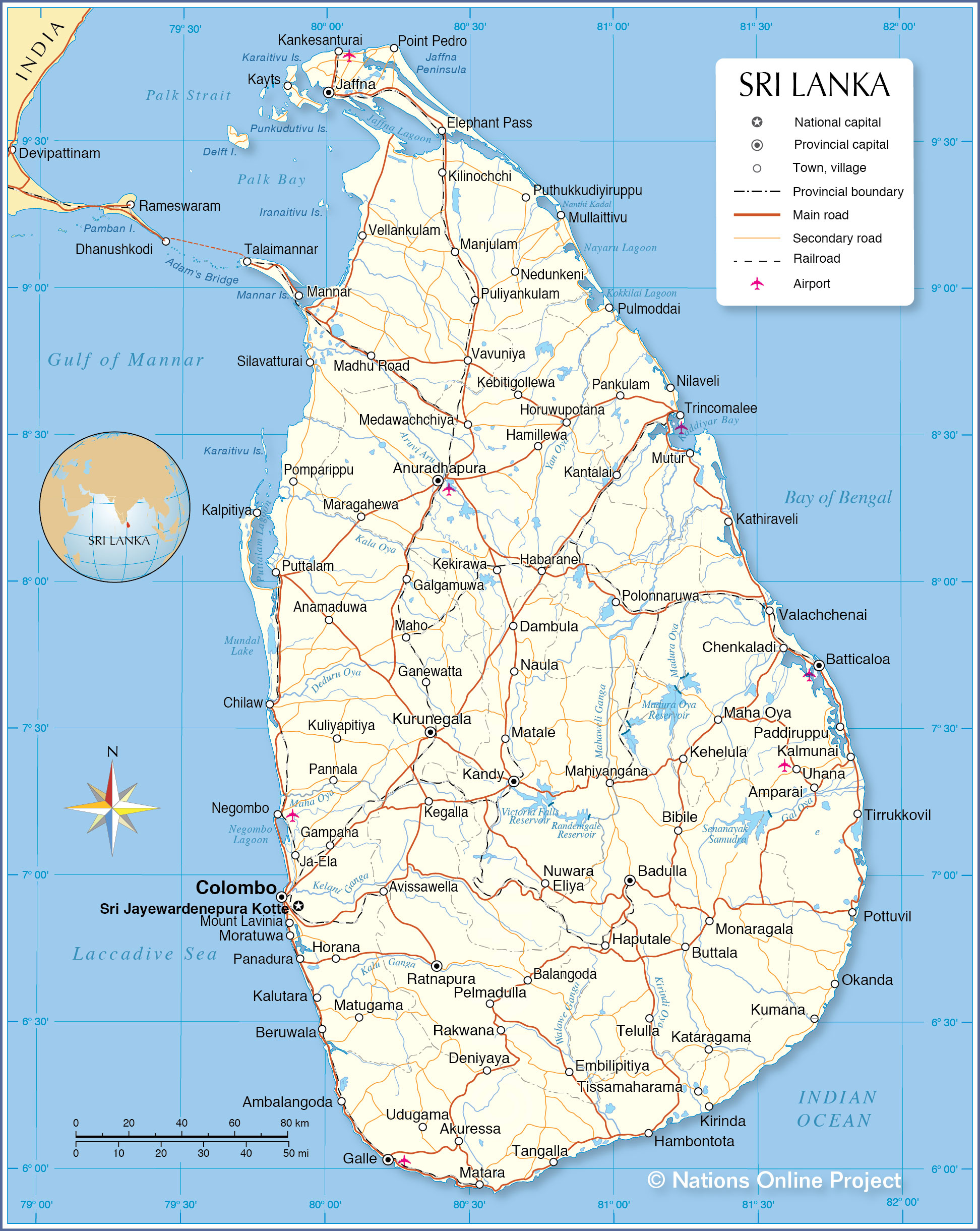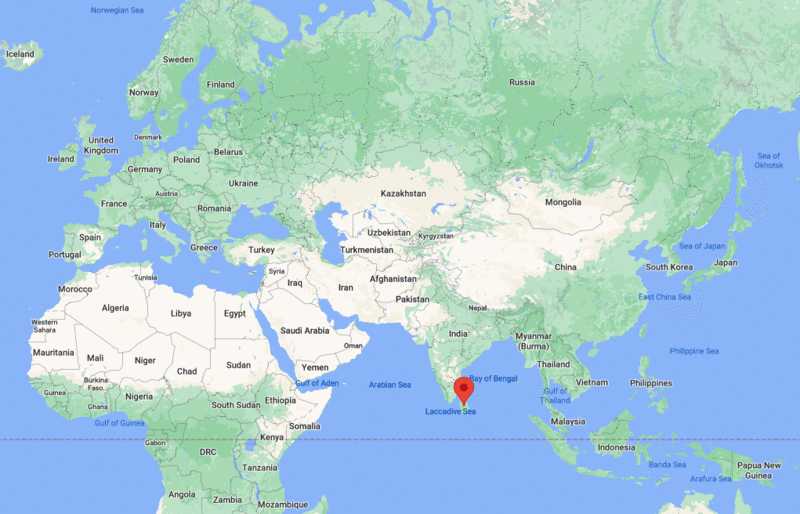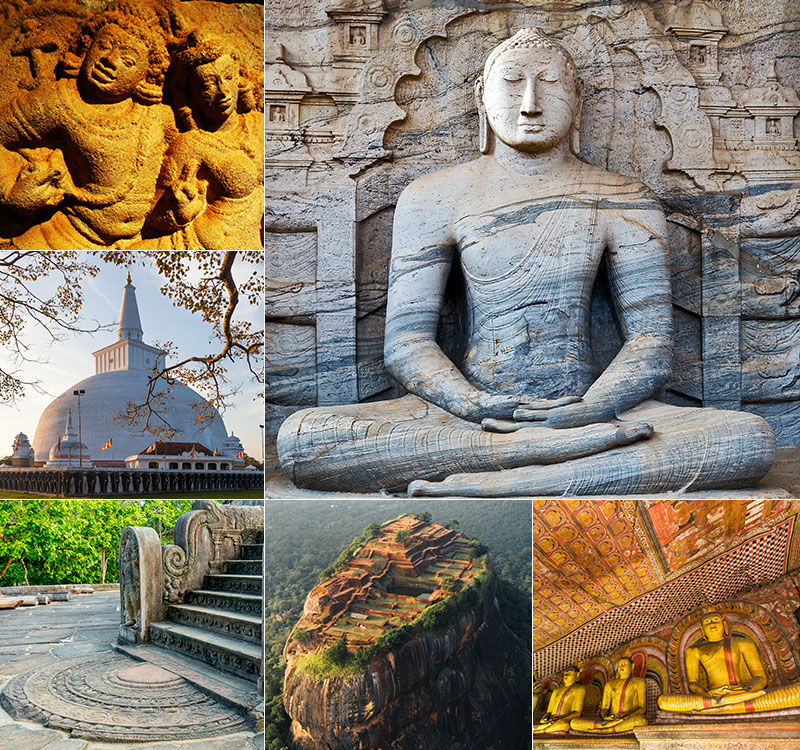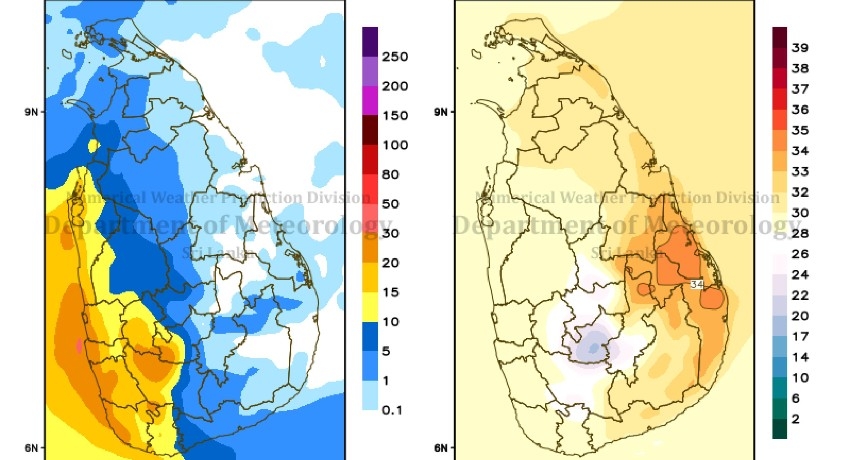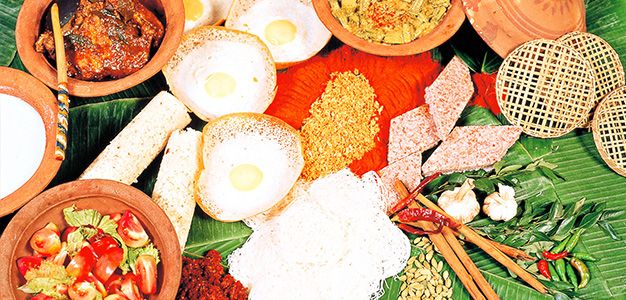By the end of the 18th century, the British East India Company arrived and declared Sri Lanka a crown
colony
in 1802. When the Kandy Kingdom finally fell in 1815, it meant that the entire island was unified under
British rule. The British capitalized on Sri Lanka’s natural resources and set up tea, rubber and cinnamon
plantations and brought in immigrants to work them.
The 1930s saw the beginnings of an independence movement as a result of poor treatment at the hands of the
British. Colonial authorities ignored civil rights and the native population was often mistreated or
abused.
During the Second World War, Sri Lanka served as an important Allied military base, however, after the
war,
nationalist sentiments only intensified. On 4 February 1948, Sri Lanka was granted independence as the
Commonwealth of Ceylon and Don Stephen Senanayake became the country’s first Prime Minister. In July 1960,
Sirimavo Bandaranaike became the first female Prime Minister in the world and in 1972, the country became
a
republic within a commonwealth and the name was changed to Sri Lanka.
Beginning in 1983, Sri Lanka was embroiled in on-and-off civil wars between the government and the
Liberation
Tigers of Tamil Eelam, more commonly known as the Tamil Tigers. The Tamil Tigers were a separatist
militant
terrorist group that fought to establish an independent state in the northern and eastern parts of the
country.
The Sri Lankan Civil War was a period of twenty-five years that caused a lot of hardships for the
population
as well as the deaths of an estimated 80,000-100,000 people. In 2009, the government announced that the
leader
of the Tamil Tigers had been killed and declared the end of the war. Travel restrictions were removed in
August 2010 which allowed tourists to travel throughout the country for the first time since the 1990s.
With
its incredible history, coupled with perfect beaches, Sri Lanka has become a favourite holiday hotspot.

